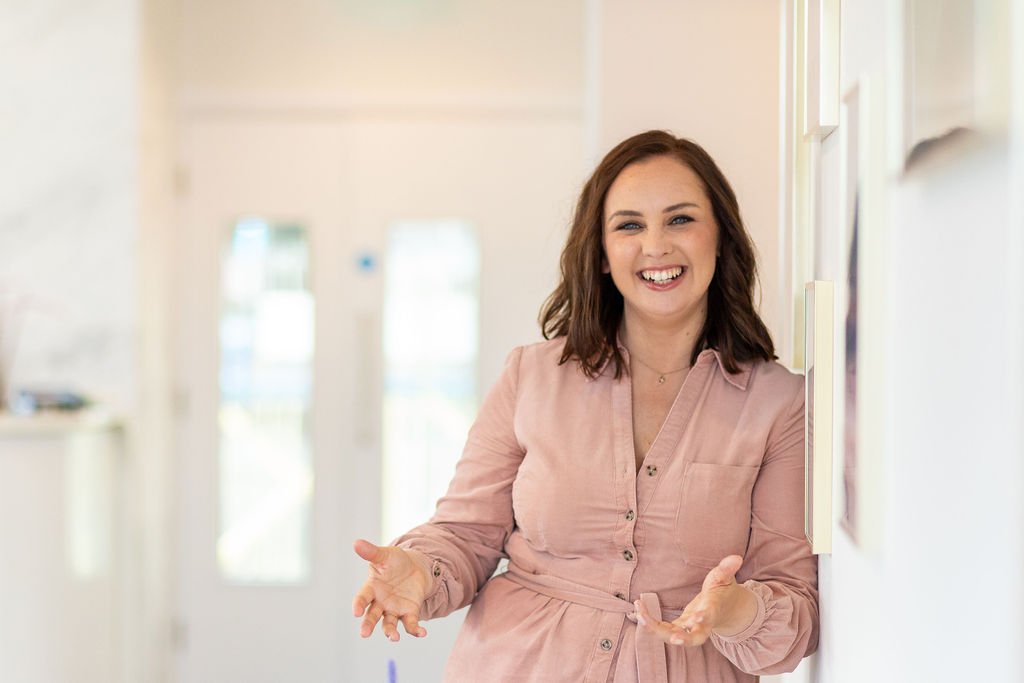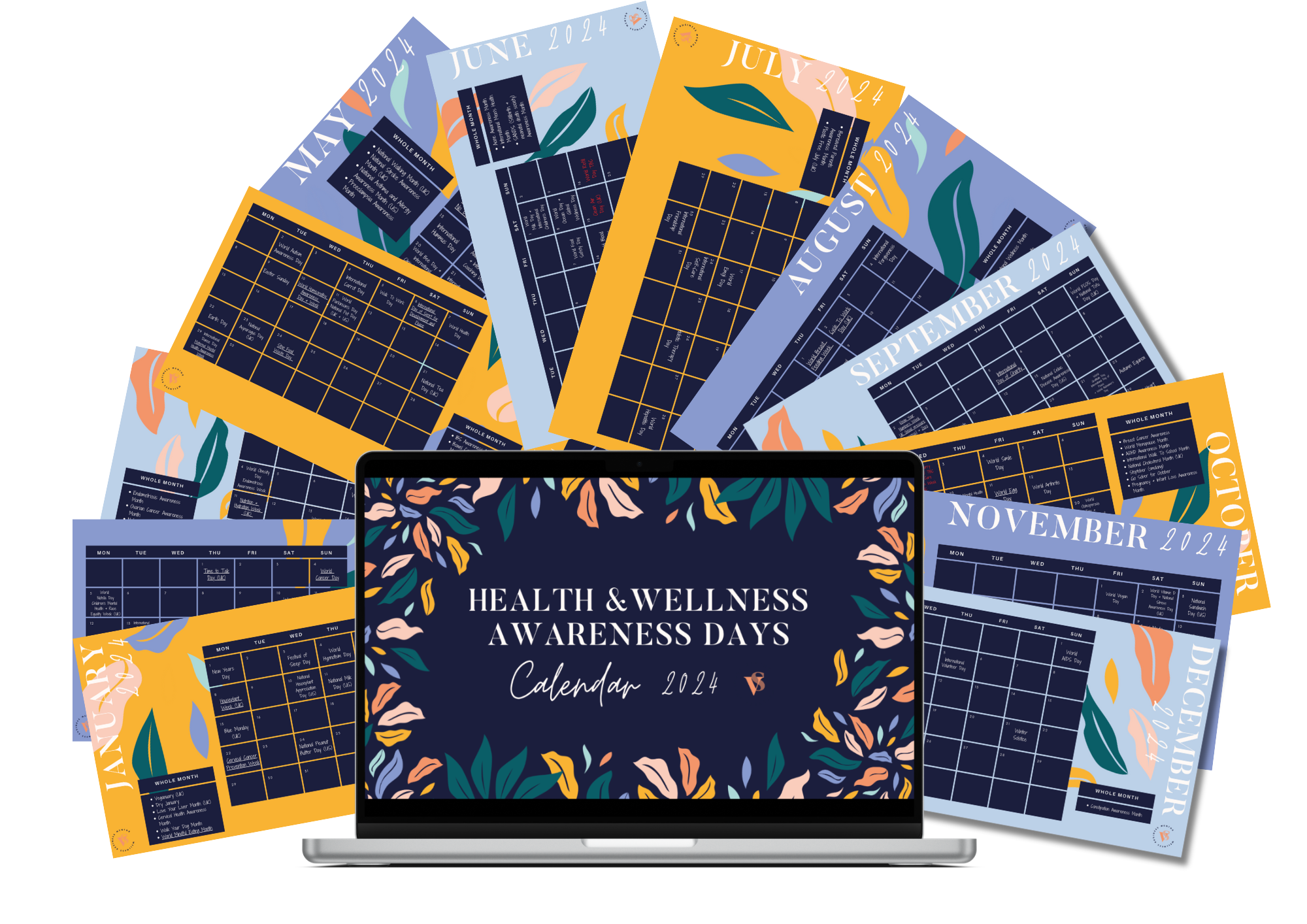
February 8, 2022
How to attract customers for your health business that say “hell yes!” instead of “I can’t afford it”
A lot of my work is helping health practitioners’ market themselves to their ideal customers.
I want to help health pros reach a point in their business where perfect clients make enquiries and bookings on the regular – people ready to do the work and excited to invest in them. That are a yes before they even get on a call.
That’s the dream, right?
And yet the reality for many health professionals is that whilst they may start to get enquiries, messages through social media and discovery calls, time and time again what they hear is things like:
-
I don’t have the time to do this
-
I’ve got to prioritise something else at the moment
-
I don’t have the money to invest in this
-
I can’t afford what you’re offering
-
Can you just explain how it works again
-
How much does it cost per session
-
What happens if it doesn’t work
-
Do you have examples of other people who’ve gotten results working with you?
Do any of these sound familiar? Are you getting these kind of objections?
If so, I want you to know there’s nothing wrong with you. The ideal customers who are ready and willing to invest in you are out there.
The trouble is right now you’re calling them in at the wrong point of their journey.
You’re focusing on the wrong things when you market to them. And the sooner you notice this, the sooner you’ll stop wasting time and energy on people who aren’t ready and willing to get your help, and start attracting people who say “yes please, where do I sign?”
Let me introduce you to: the sliding scale of knowledge:

On the sliding scale you can see that at the far end we have people who have no knowledge or interest in what you do.
These are the people that:
-
Are still stuck in old habits and thought patterns
-
Don’t believe their problem is serious enough to need addressing
-
Like to sit and complain but not make change
-
Are oblivious to the detriment their current habits, thoughts and patterns are causing them and therefore don’t think a change is necessary
These are not people that you can help. People will only buy what you offer if they think they need it and believe it’s going to help them.
(Read that again. It’s important)

Two prime examples of this type of person right at the end of the sliding scale that I see wellness practitioners trying to market to are:
-
People hooked on diet and gym culture
-
Exhausted mums that don’t prioritise themselves
These are two categories that I know a lot of you want to help. You see them and feel passionately that their lives could be so much better if they just bought your programme or underwent the treatment or service you offer.
So this is what you do in your marketing:
“Hey gym-bunny! Want to feel amazing and strong? You should leave the gym behind and try intuitive movement!”
“Hey yo-yo dieter! Want to feel in control of what you eat? You should ditch keto and embrace intuitive eating!”
“Hey overwhelmed mum! Want to have energy and prioritise yourself? You should come and do coaching with me!”
The problem is, they don’t think they need you. They don’t think they need intuitive movement, intuitive eating, or coaching. Or whatever else it is you’re offering.
They are completely knee-deep in all the stuff you know doesn’t work. They don’t think they need you and what you offer.
I know that’s frustrating, but you can’t drag them out without a lot of effort in your part.
Marketing to these people right at the end of the scale endlessly will be exhausting. Before you’re able to help anywhere near the numbers you want to impact, you’ll have burned out from shouting into the abyss and feeling totally ignored.

What you want to do instead is market to the people slightly further up the sliding scale.
These are the people that:
-
Are fed up with how they’ve been living and are ready for change
-
Are actively searching for the solution to their problem
-
Want to understand themselves better and what could help get them the life they want to lead
-
Have already started to explore the area you offer and are poised and ready for the right person to say what they need to hear so they can go all in
These are your people. This is the sweet spot on the sliding scale.
These people want what you offer. They are already in the head space for change. They might have dipped their toe into what you offer – maybe they’ve done a free challenge, a trial class, they’ve downloaded an app or have been chatting to a friend who’s doing it. But they’re still not there. Because they just haven’t found you yet.
When we market and speak to people at this point, we’re going to see results much quicker. For both you and them. Because this type of customer wants to get their hands dirty, to commit, to do the work, to take the actions you give them and use every tool you’re offering to get the transformation they’re craving.
Which one are you marketing to currently? People at the end of the scale? Or somewhere further along that’s open to what you do?

Talking about money and time objections in your marketing
I recently listened to this episode of the Joyful Marketing Podcast from Simone Seol which touches on this issue of attracting the right type of customer.
In the episode Simone describes what she calls high level and low-level objections.
For Simone, low-level objections are the things we looked at when we started this blog. Low-level objections are when potential customers say, “I’d love to work with you but….”:
-
I don’t have the time to do this
-
I’ve got to prioritise something else at the moment
-
I don’t have the money to invest in this
-
I can’t afford what you’re offering
-
Can you just explain how it works again
etc. etc.
In Simone’s opinion, anyone that says those things is just not that into you. They don’t trust you, they’re not ready, they won’t be a good fit. And you should therefore not engage with them, not market to them and you should not speak to these objections.
To Simone, the more you focus on tackling things like “I can’t afford it” or “I don’t have time”, the more she believes you attract the wrong type of customer. The ’low-level’ kind.
But here’s where I disagree with Simone (who I admire hugely!):
I think customers are on the sliding scale.
Right now, if a prospective customer is at the end of the scale, stuck in their old ways and looking in the other direction, making excuses why what you do won’t work for them, they’re not a great prospect for you. Agreed.
However. They’re not write-offs.
In my opinion just because they aren’t in the right place now doesn’t mean they won’t, over time, become dream clients after they’ve spent a bit more time exploring your world and eventually feel ready to invest in you.
For that reason, I think it is really important that we do create content that addresses objections like:
-
I don’t have the time to do this
-
I’ve got to prioritise something else at the moment
-
I don’t have the money to invest in this
-
What happens if it doesn’t work
etc. etc.
Because whilst that might not get an immediate sale, it does plant a seed for that person reading to question their own stories, take a fresh look at the reasons they think they ‘can’t’ work with you, and start them on a path to reassess what their priorities are.
Speaking about ‘low-level’ objections like time and money is important for me because my ideal customers are often people who have never invested in themselves and their business before. To them it feels scary to commit time and money and they’re not sure they can trust me or themselves. They have no evidence for what will happen.
It’s therefore imperative for me to help move people from “I can’t afford that” to “this will be a great investment” or “I don’t have time” to “this is a priority for me.” I can only do that by addressing those objections head on and talking about them in my marketing. Not pretending that things like time and money aren’t issues.
It might be the same for you.
Maybe your ideal customer is someone who hasn’t ever invested in their own health before or taken time for themselves. It’s therefore a leap that you need to help them make, to move them from “that’s not for me” to “this is exactly what I need and I’m ready.”
I wrote this blog post called When is the right time to invest in your business? as one example of directly tackling the ‘I’m not ready to invest’ objection I was hearing a lot.
To be fair to Simone in the episode, she does acknowledge that it’s not quite as black and white as ‘low-level = waste of time, ignore’ vs. ‘high-level = 100% focus.’
But I wanted to highlight that hearing these objections isn’t a forever no. It’s not a sign that you’re failing and no-one will ever pay you. Or that the market is doomed and health practitioners can never make sustainable money.
It’s just a sign there’s more work to do building trust and helping people see the benefits and value of what you do and why you can help them. And that your energies are better spent on people further up the sliding scale who are more open and ready to make change, whilst remembering a ‘no’ right now might be a ‘yes I’m ready’ in the future.
What do you think of the sliding scale? Does this help you think about what marketing you put out to attract the right people?


The sliding scale of knowledge is a concept I expand on in my book Just Start Now.
Get your copy now


